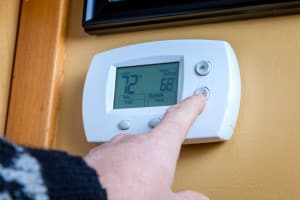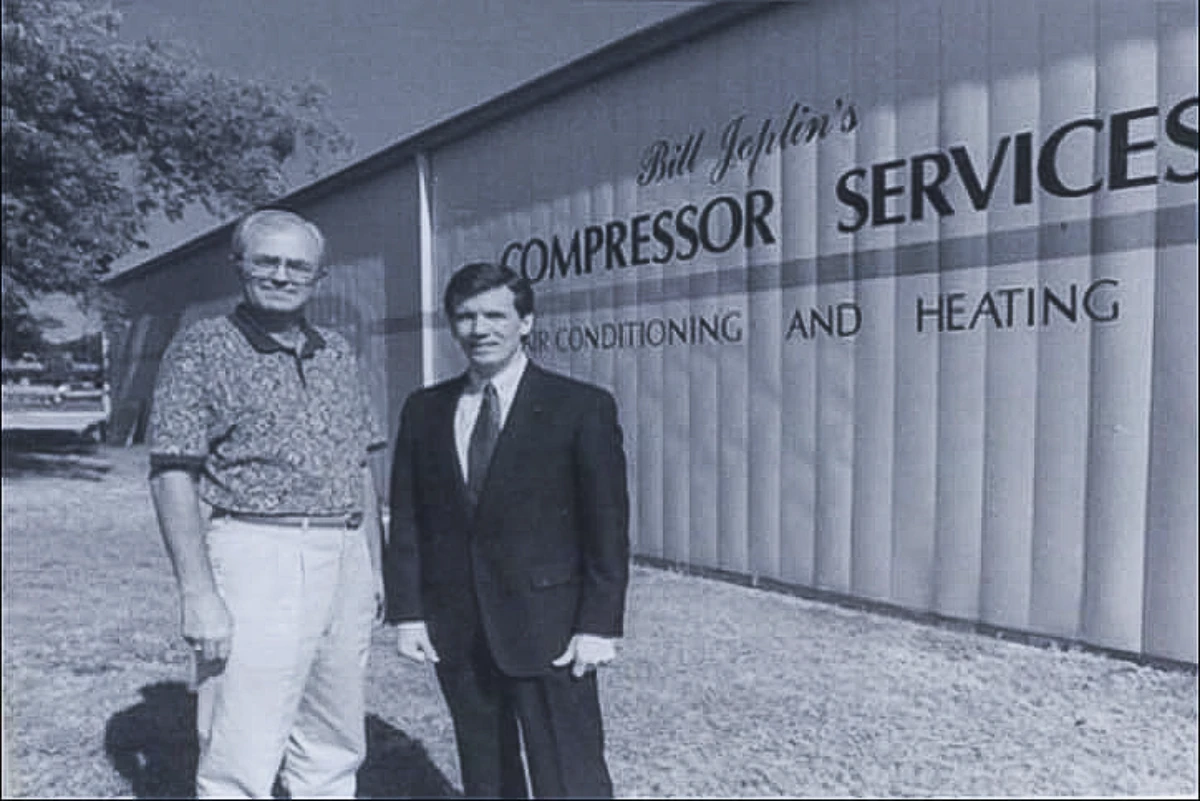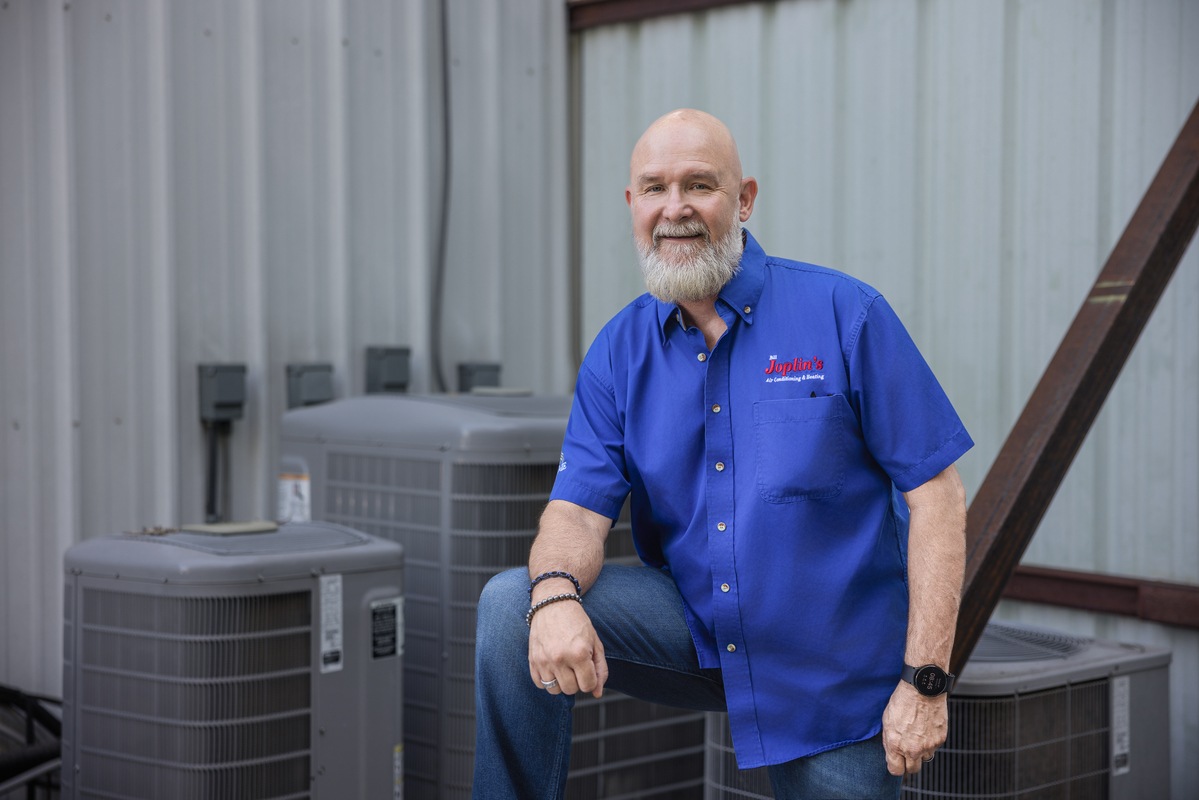If you’re monitoring the carbon footprint of your McKinney, Texas home, your HVAC system can make or break your energy consumption. Just by investing in the right areas, such as proper maintenance and Energy Star equipment, you can significantly improve the energy-efficiency of your home’s heating and cooling system.
Program Your Thermostat
You may know that the magic number for summer indoor temperatures is 78 F. It keeps your house comfortable and keeps the humidity low, but doesn’t use up a lot of energy on cooling. However, maintaining a single number on your thermostat isn’t the most efficient way to cool and heat your house.
A programmable thermostat, especially one with a Wi-Fi connection that you can adjust from your phone or computer, is the best way to ensure you’re saving energy when you’re aren’t home. Program a schedule so that your house is only heated or cooled during the hours you’re home. Then remember to adjust the settings from your mobile device if you’re going to be away longer than expected. A thermostat with zoned temperature capabilities is even better, because you can heat or cool one room without wasting energy on the rest of the house.
Go Ductless
If you have an older home that doesn’t have ducts and you’re relying on a window air-conditioning unit, there’s a much better way to cool your home. Ductless mini-split systems are more expensive to install than window air conditioners, but they’re far more energy-efficient and effectie. As the name suggests, window air conditioners sit in a window, so even with the best insulation, you might be losing air through gaps. Ductless air conditioners aren’t mounted in windows, so your windows will be free to open and close, and you can ensure they’re properly insulated.
Because they don’t have ducts, ductless mini-split systems won’t lose any heat or cool air from duct leaks. They also offer zoned heating and cooling, which means you can change the thermostat in each room individually, using energy only where you need it.
Invest in Energy Star
According to the United States Department of Energy, an air conditioner over 10 years old costs between 20 and 40 percent more to operate than an air conditioner you can buy today. Moreover, if you’re replacing a system from the 1970s, your new HVAC machinery could be up to twice as efficient as your old equipment. That’s because nowadays, HVAC systems must have a seasonal energy efficiency ratio rating of 13 or higher. Higher SEER ratings mean more efficiency, and you can even get products with SEER ratings above 20. Also look for the Energy Star label when shopping for new HVAC products.
Keep Your HVAC System Clean
The Department of Energy reports that you can lose as much as 15 percent efficiency in your HVAC system just by failing to clean or change dirty filters. Make sure you check your manual to see how often you need to change or clean the filters (with many systems, it’s every two months) and use the right type of filter so the system doesn’t have to work harder than it needs to blowing air through a thick filter.
You also want to keep the area around your outdoor unit clean. Make sure vegetation is at least two feet away on all sides, and regularly vacuum dirt and leaves out of the unit.
Get Maintenance
Don’t just rely on DIY maintenance like cleaning your outdoor unit and changing your filters. Your HVAC system will keep most of its efficiency from year to year as long as you keep it maintained. When parts start to wear out, ducts and coils get dirty, or wiring wears thin, the system rapidly loses efficiency. Not only will it cost you more in energy bills and add to your carbon footprint, but if you delay repairs or maintenance, it also means you’ll have to pay bigger bucks later to get everything working again.
Turning off the lights and washing your clothes in cold water are helpful ways to reduce your carbon footprint, but your HVAC system also has a significant impact on your home’s energy use. Find out more by calling Bill Joplin’s Air Conditioning and Heating at 888-414-4655.



